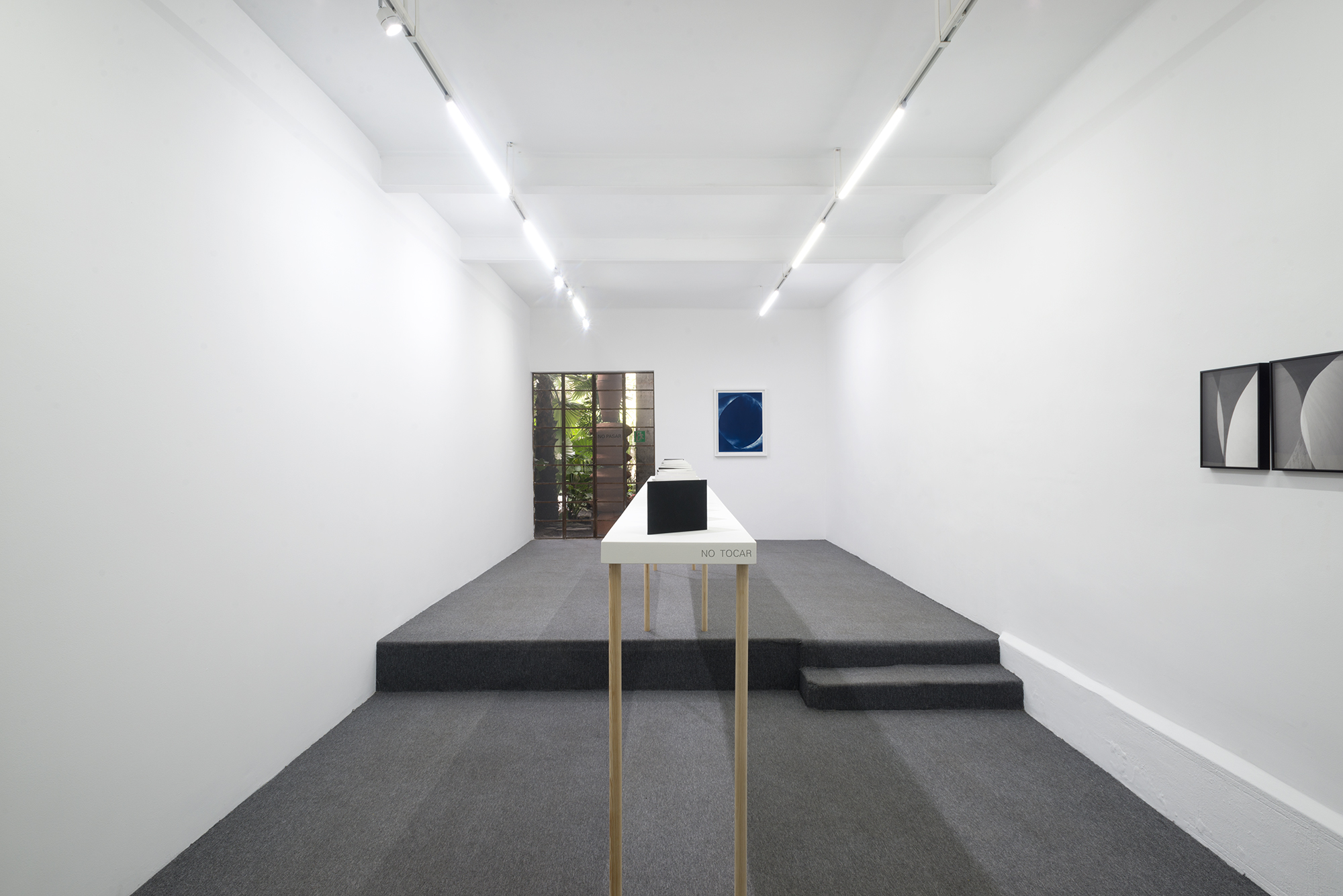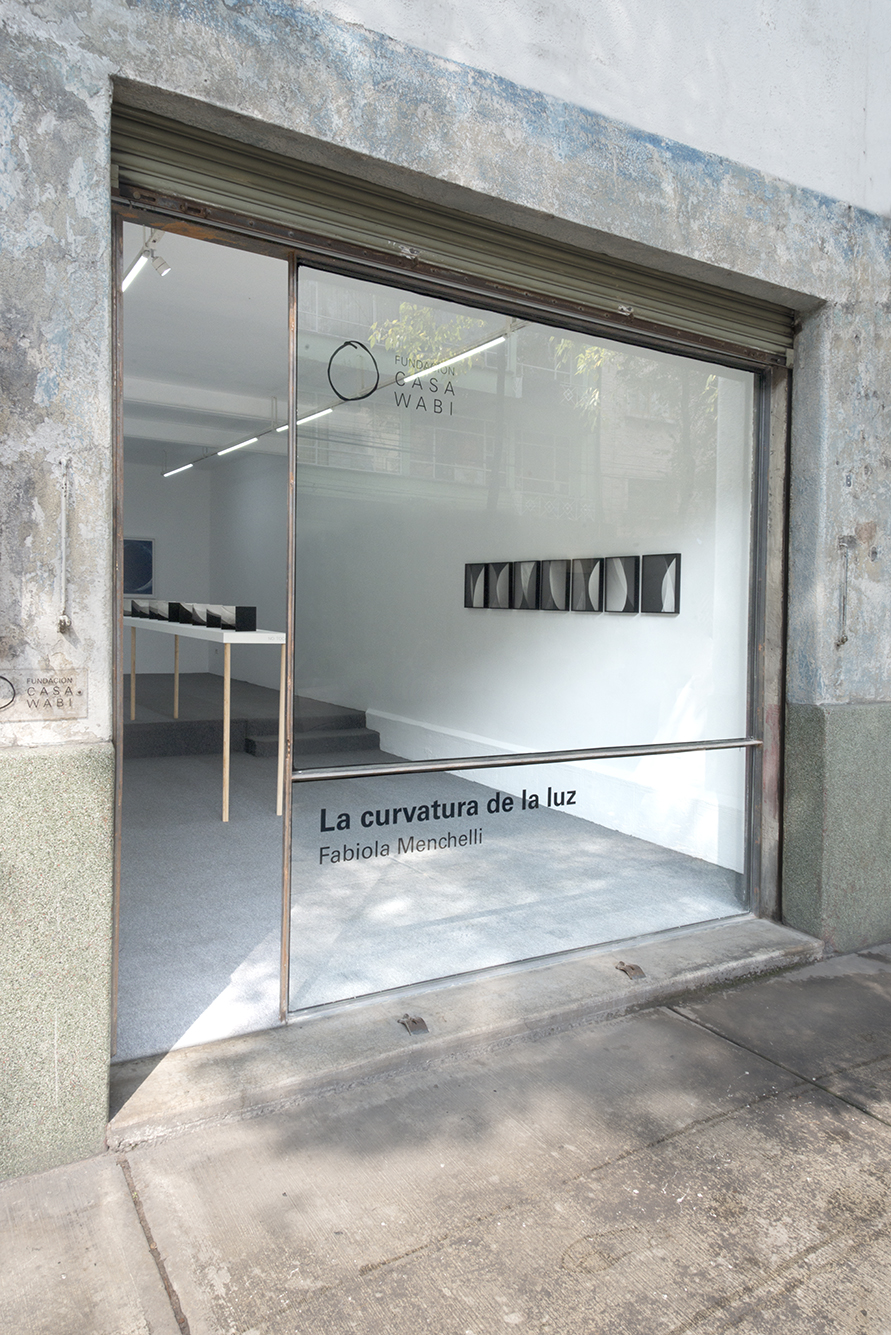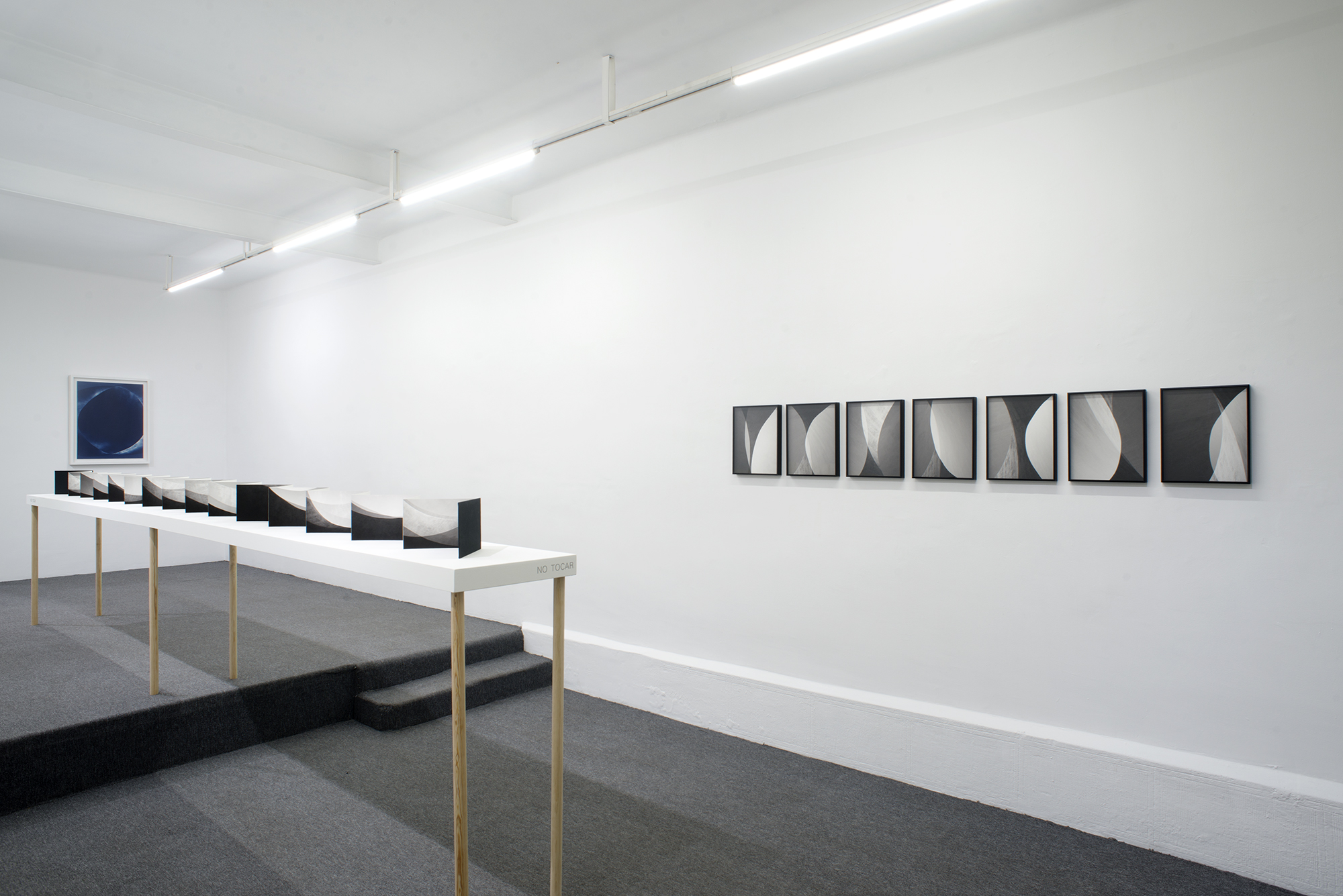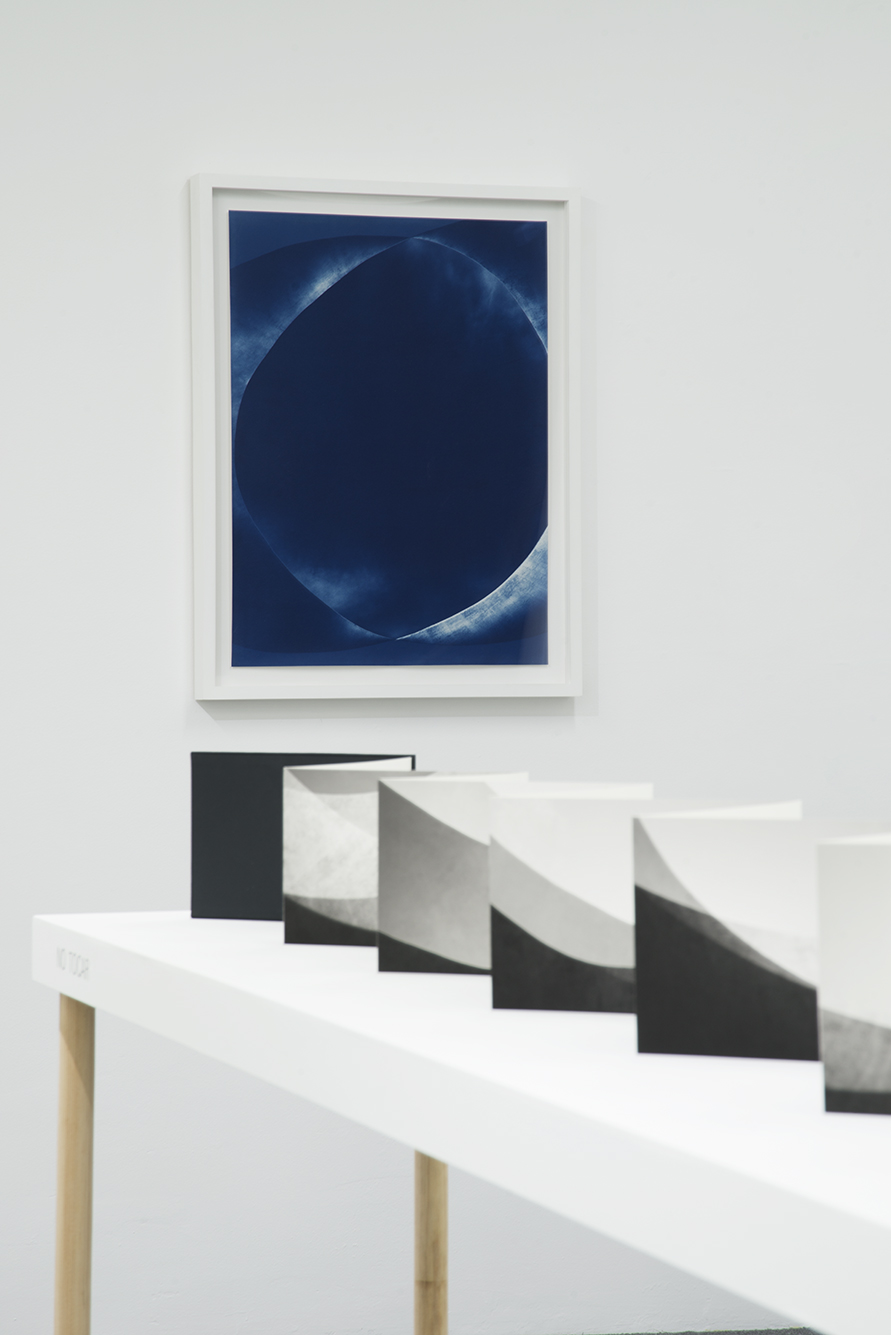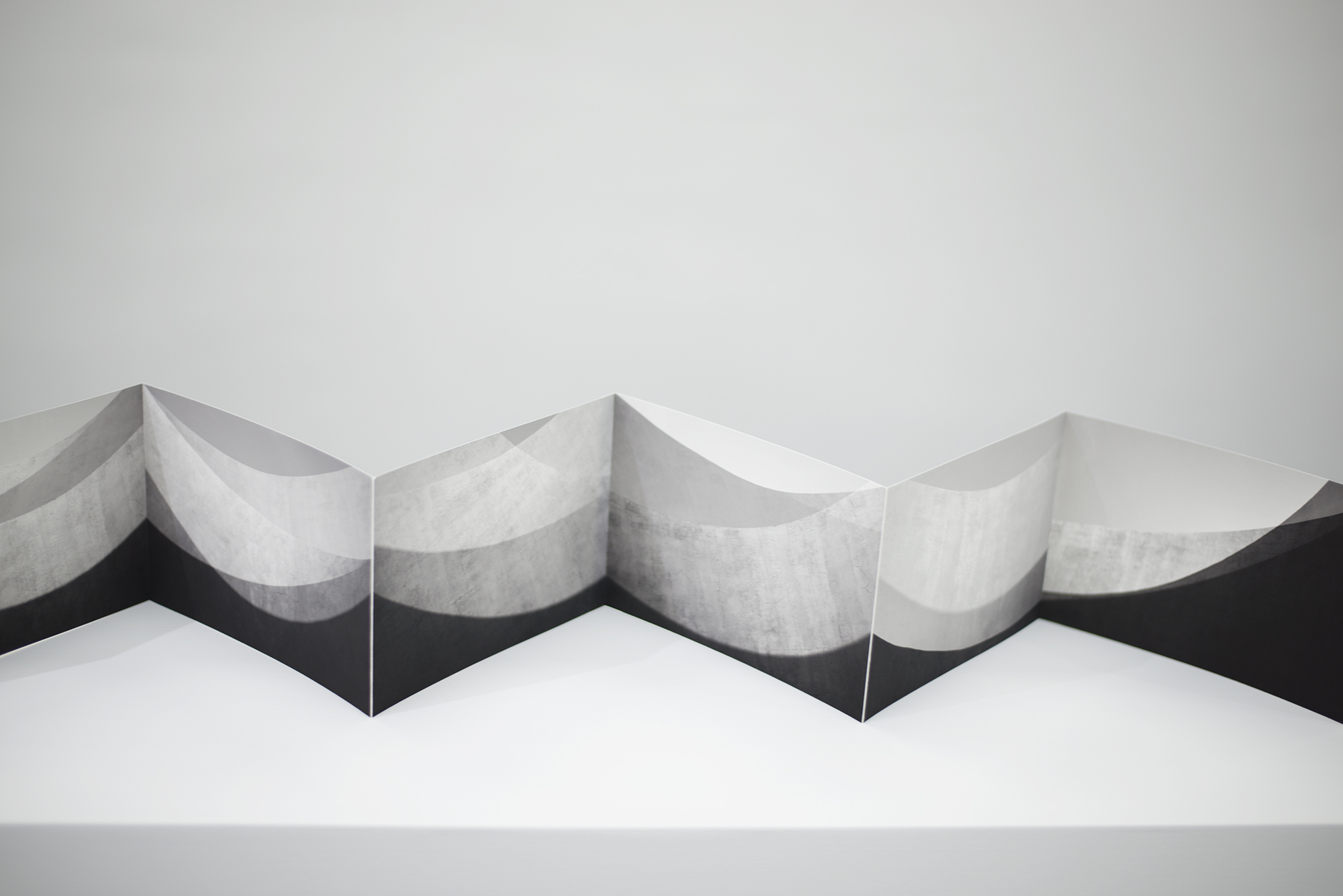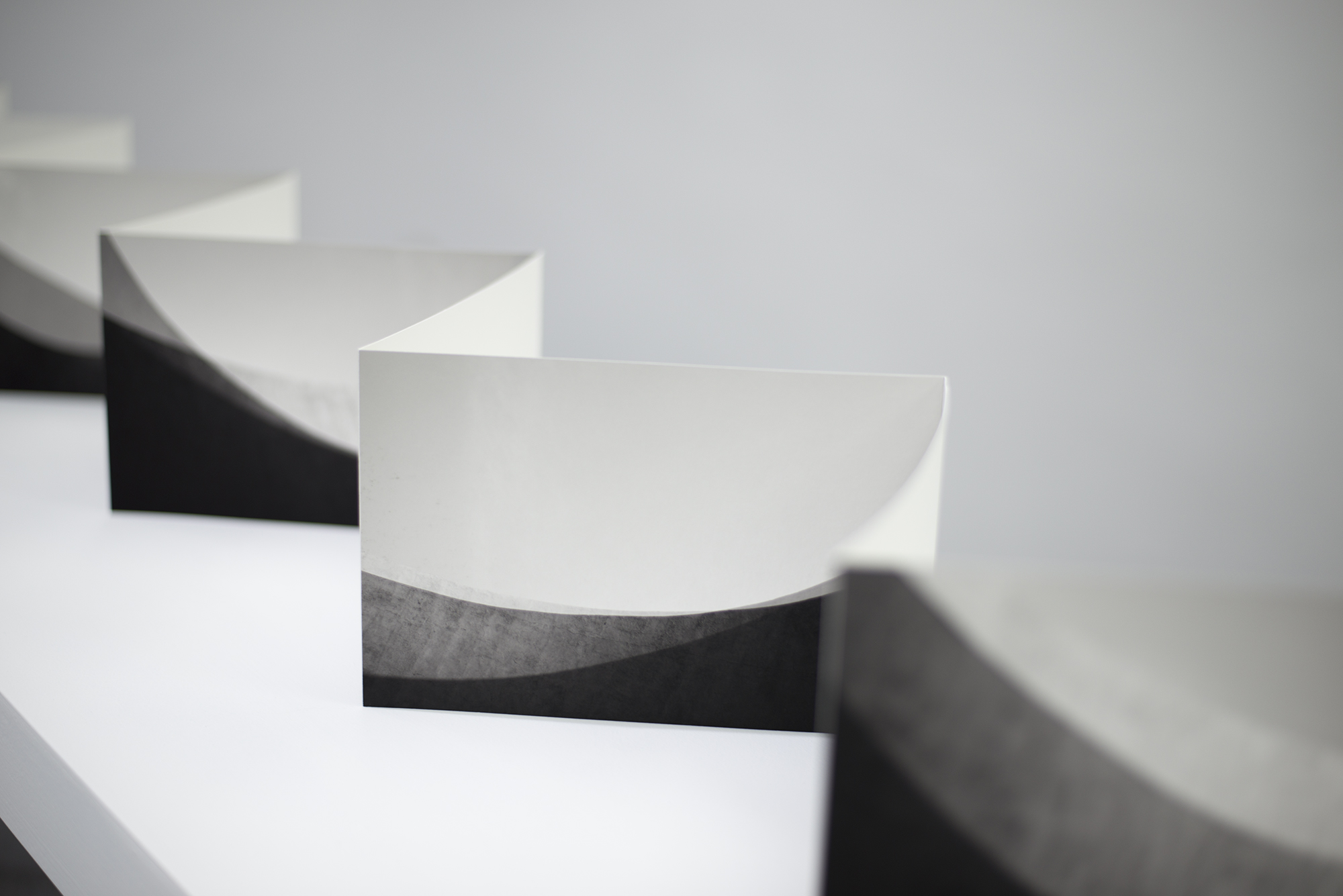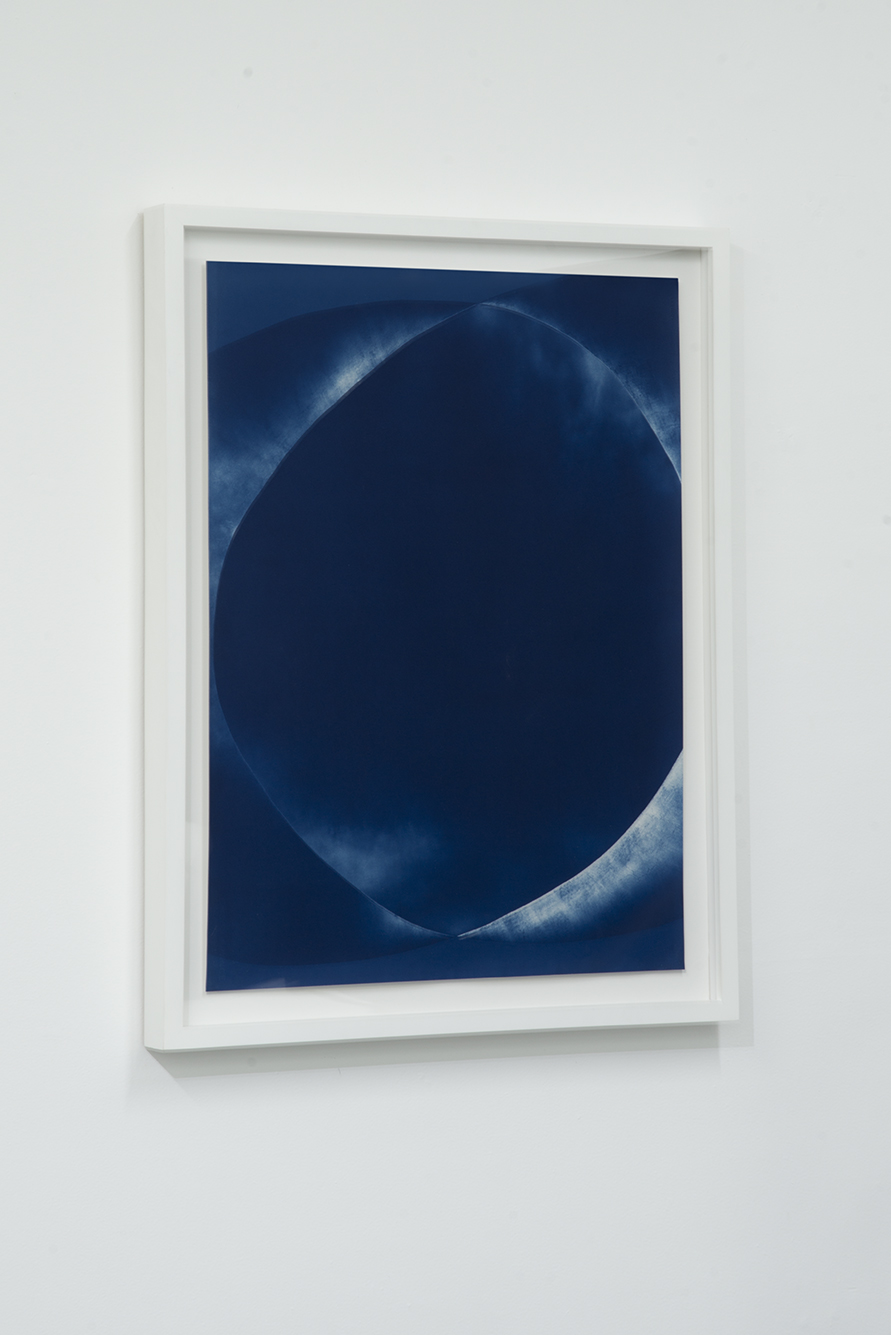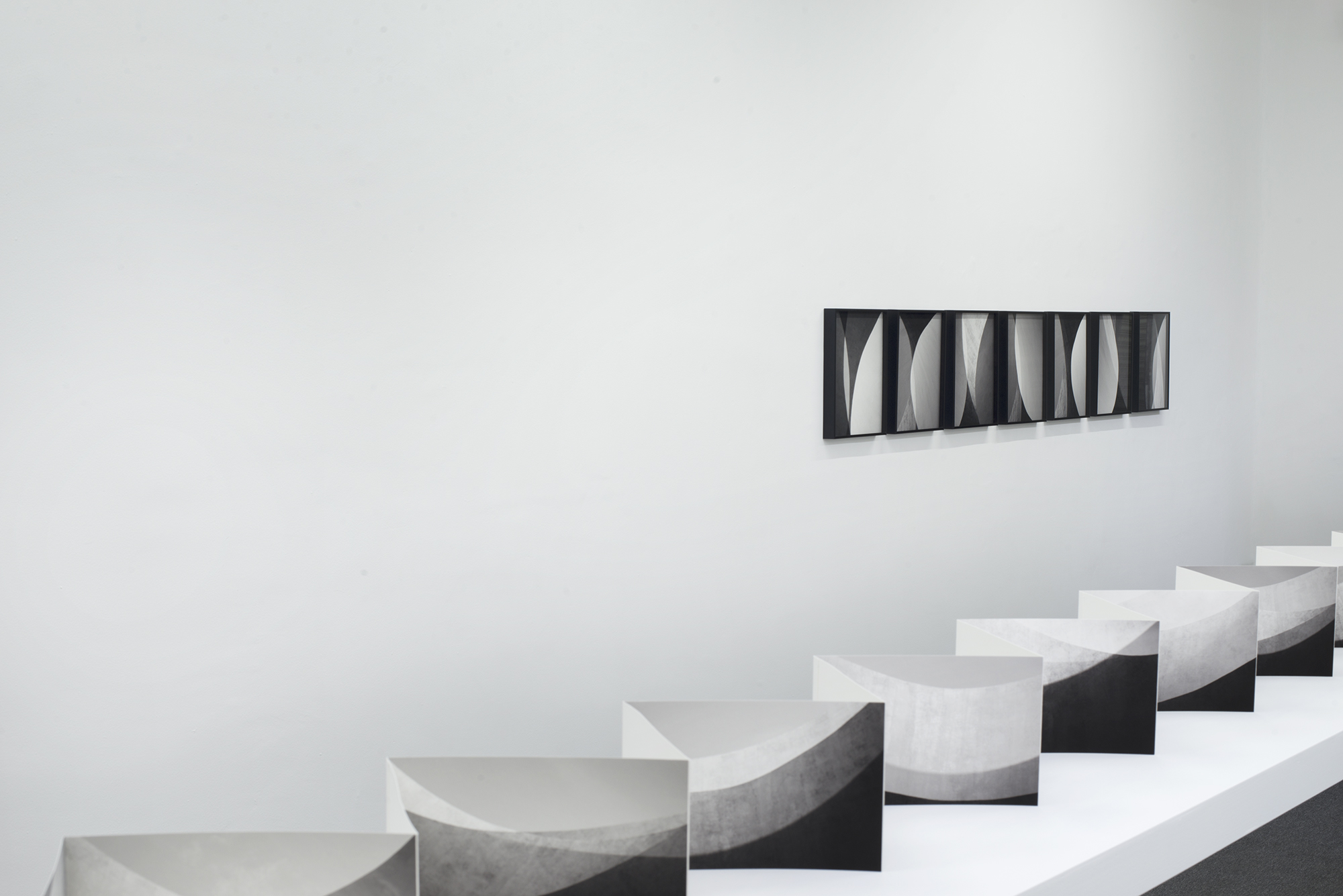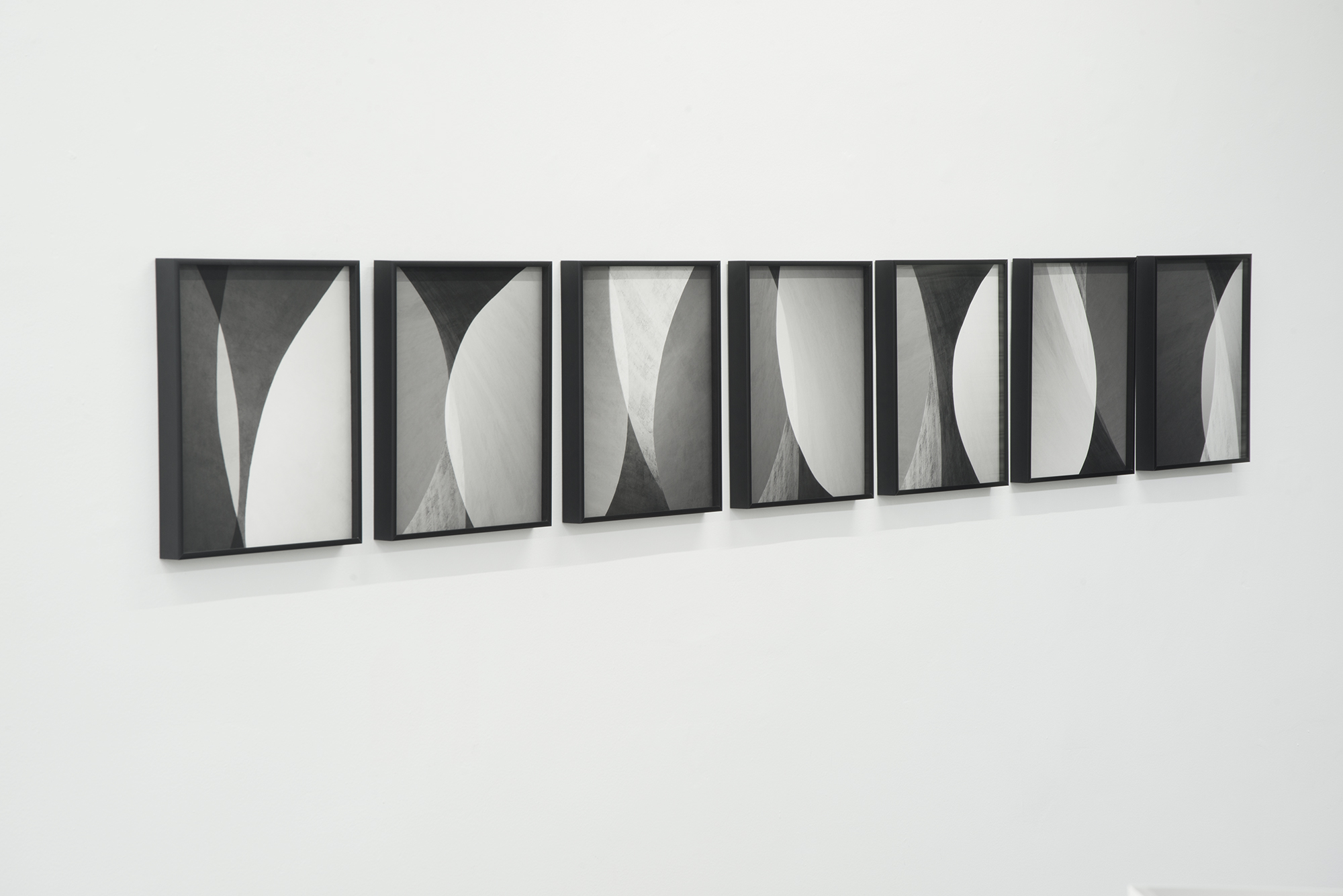Fundacion Casa Wabi is pleased to present the last exhibition of the 2019 exhibition cycle at Casa Santa Maríala Rivera. Fabiola Menchelli closes this season with an exhibition that talks about the cycles, the rotation of the stars, and the way we measure the passage of time, observing the light.
One of the most interesting approaches of Einstein’s General Theory of Relativity is that in the vicinity of a sufficiently massive astral body, the path of light can be bent by gravitational force. Apparent variations in the position of distant stars can be observed when they pass near a star or mass, effectively doubling the light. In The curvature of Light, Fabiola Menchelli’s work shapes form through multiple exposures, thus intervening space and reality.
The exhibition consists of several pieces that were created during her residency at Casa Wabi in 2015. In a detailed study of an architectural element inside the house designed by Tadao Ando, Menchelli, addresses the observatory during the 28 days of his home.
The observatory, thought by Tadao Ando as a site of deep contemplation, in turn studies and delimits an image, frames a specific universe, everything that is within that threshold. In this case, the artist proposes to deconstruct that ellipse, creating a narrative of her own. Constructing a new map of that universe, using the curvature of the lines to display a stellar atlas that measures time and at the same time replicates the waves of the sea.
Literally drawing with light, the works blur the boundaries between the solid edges of the observatory and the vast and impenetrable sky. The layers generated through the multiple exposures inside the chamber, metaphorically fold over each other. The work speaks not only of the light and the space it illuminates, the time and cycles in which we live, but also of the subtle revolutions we experience as a result of deep contemplation.
The centerpiece consists of 13 books: one for each lunar cycle that happens during the year. In total the books bind 364 images that measure 24 centimeters each, in line with the 24 hours of the earth day. Each book is composed of 28 photographs, one for each day of the lunar cycle; thus creating a lunar calendar. The work uses the horizon as a line to establish a connection between the cycles of the moon, the tides and the way we connect to these cycles through our personal experience. The exhibition will be open to the public for 13 weeks and each week a different book will be shown, bending time, the course of a year is resolved in 13 weeks.
